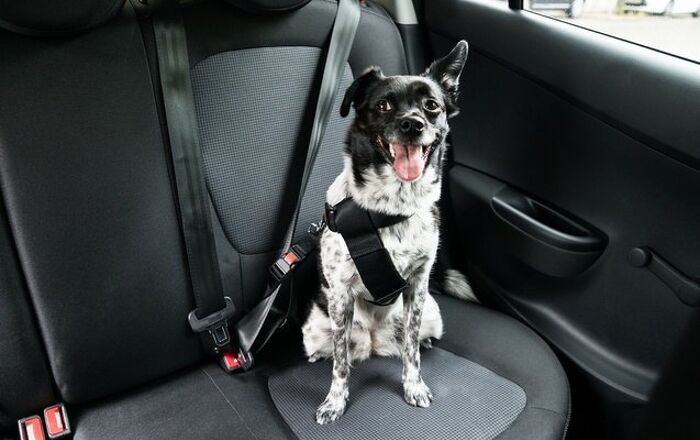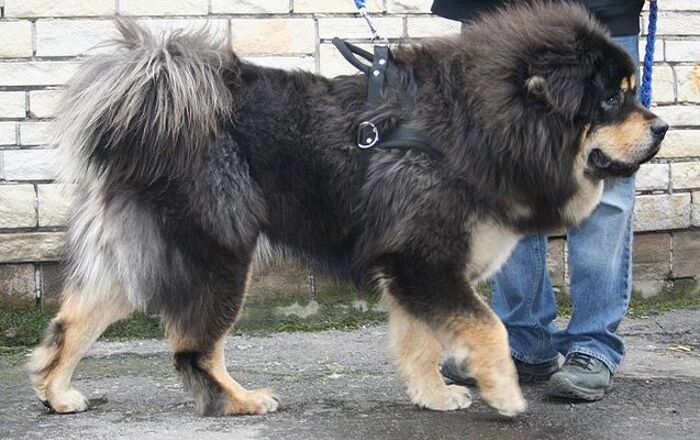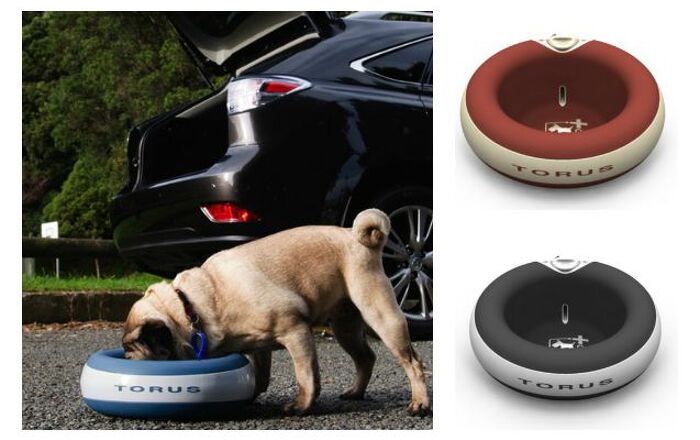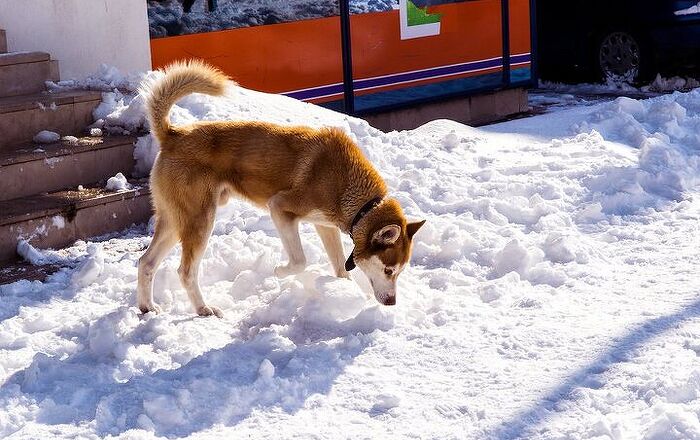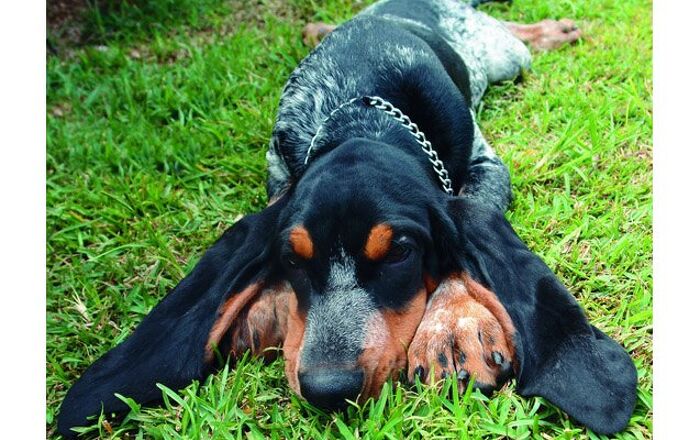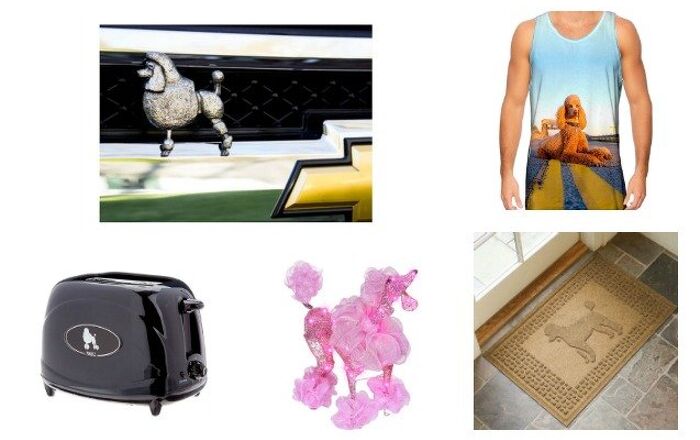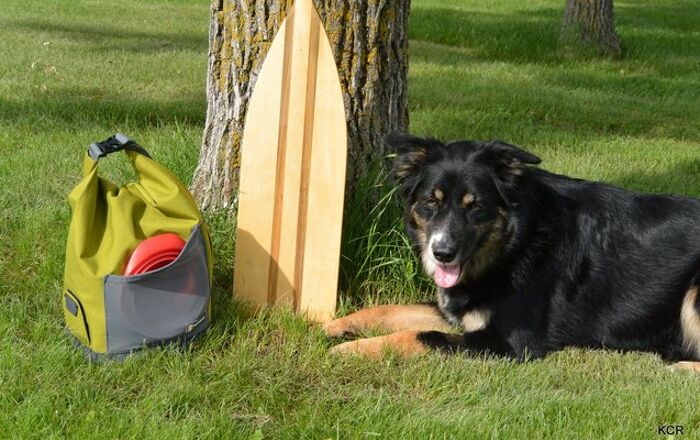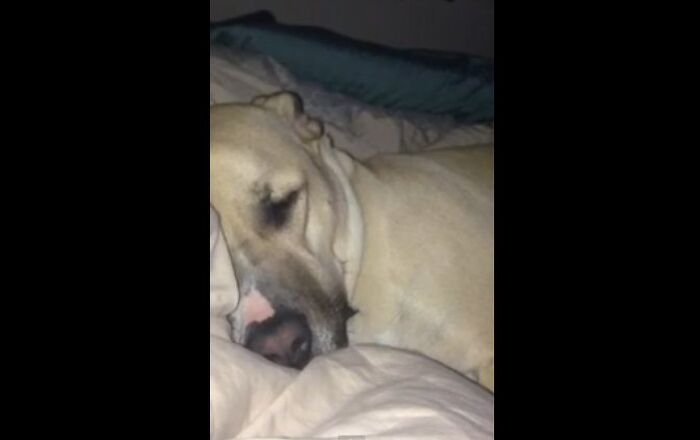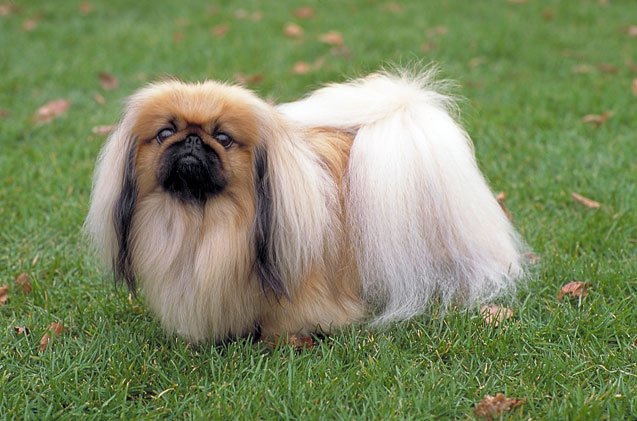
Pekingese Basics
When you are asked the oldest breed of dog around, what do you think of? You might think of the more simply-named dogs – the Pug would be an excellent guess. You might think about dogs that go back to the days of shepherding (German Shepherd, anyone?) or retrieving (Retrievers). But you’d be pretty far off-base with many of those European-centralized guesses. That’s right: the Pekingese is one of the oldest dog breeds known to man, having originated in ancient China. Like the also-ancient Pug, the Pekingese is a toy dog that was bred to be good company and comfortable on your lap.
But these days, the Pekingese has an even richer history placed firmly on its foundation of strong pedigree. As a toy dog, the Pekingese bears many similarities to a number of small breeds such as the Japanese Chin or the Pug, but when it comes to its modern-day classification, it’s apparent that this dog is a breed all its own. But if you’re wondering whether or not it will make a good pet for you and your family… that remains to be seen. Keep reading:
The Pekingese is a toy dog that was bred to be good company and comfortable on your lap.
Origin
As stated already, one of the defining characteristics of the Pekingese breed might not be its unique physical characteristics – it might be its own history! The breed doesn’t look it, but it’s one of the most foundational breeds that students of dog history are aware of.
Naturally, the Pekingese get their name from a reference to what is now Beijing, as well as the Forbidden City. The Pekingese dogs were a favorite of Chinese imperial nobility, which explains its current stature as a world-famous toy dog. Throughout history, the Pekingese has kept a remarkable amount of its original breeding.
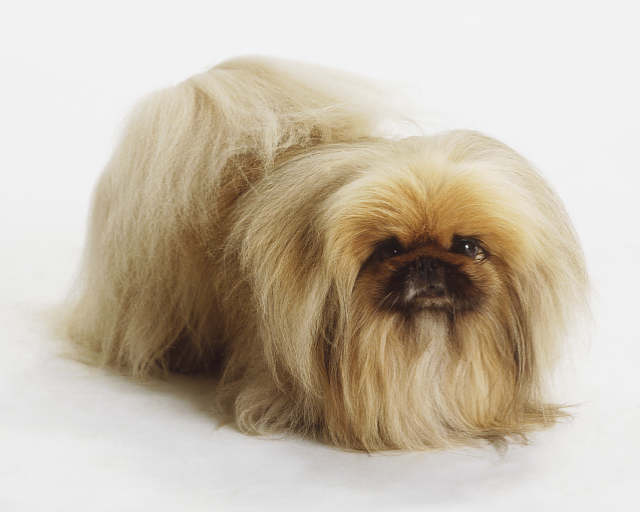
Pedigree
Originating in ancient China, the Pekingese saw a familiar story to other ancient toy dogs – it was developed and bred in order to be good company for royalty and wealthy members of society. Since it didn’t serve any official functions other than to be a friend, it has virtually zero history relating to the kind of histories we expect from working breeds. In other words, these types of breeds often have personalities more akin to cats than the traditional dog personalities we’re used to encountering.
One of the remarkable notes about the Pekingese is that it has seen relatively little changes throughout its thousands of years. The breed has remained pure and true to its origins all of this time, and the only modern variations we see usually deal with the length of the coat rather than the purity of the breed itself.
Consequently, it’s hard to remark on the Pekingese’s pedigree when it’s one of the oldest dogs known that has seen little cross-breeding.
Food / Diet
A small dog, the Pekingese might try to goad you into giving it particularly rich or flavorful food – eggs, for example. But you can feed your dog a normal diet and avoid spoiling them simply by refusing to capitulate to its wishes. It’s important to remember that the Pekingese is a small dog and requires a similarly small diet.
The Pekingese dogs were a favorite of Chinese imperial nobility.
Training
Since Pekingese are ideal for companionship, they should be socialized and should get used to the idea of strangers from an early age. For this reason, they can typically make good city dogs – especially given their long and illustrious history in some of the ancient cities of China. Make sure to have a regular routine and standard of discipline for any dog.
Weight
At around 7 to 14 pounds, the Pekingese is a light dog and similar to other small toy dogs. You won’t find many dogs smaller than this one, so remember that it’s important not to overfeed and under exercise your Pekingese – even if they gain only a pound, it can be a lot for this pooch.
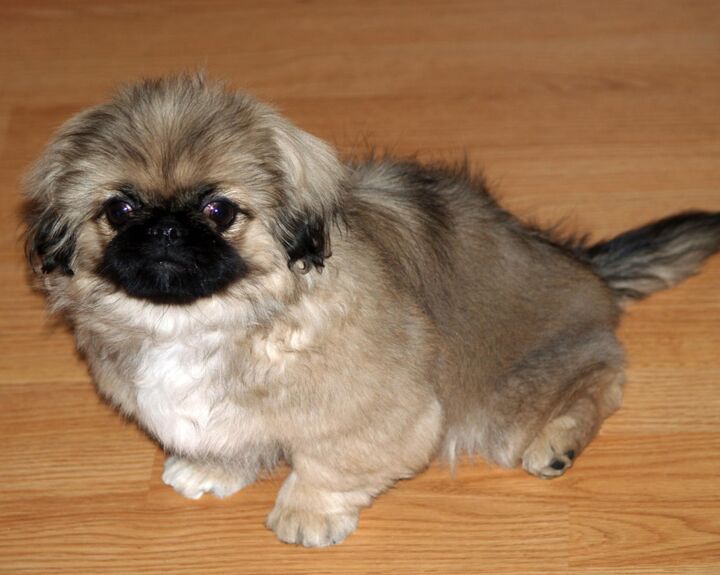
Temperament / Behavior
Similar to many other toy dogs, the Pekingese can have a rambunctious and friendly personality, although it can also tend toward independence, similar to cats. It’s important to remember that this is still a dog and should be disciplined like one. As we remarked earlier, making sure he has been properly socialized and understands its role in the pecking order will be crucial if raising this dog from a young age.
Common Health Problems
Like many toy dogs, heart failure is a fear with Pekingese dogs. You can watch for these kinds of symptoms by also watching for heart murmur. It will be important to take your dog to a local veterinarian on a fairly regular basis to make sure your dog is living a healthy lifestyle.
Life Expectancy
Ten to 15 years is a normal life span for a toy dog of this size, although this assumes a typically healthy Pekingese dog.
Exercise Requirements
Toy dogs don’t require a lot of exercise, but they do require regular exercise – as do you! Make sure you take your dog on a regular walk and you shouldn’t have any problems with over or under-exercising.
Pekingese can have a rambunctious and friendly personality, although it can also tend toward independence.
AKC
The American Kennel Club recognizes the Pekingese’s strong stature but notes that they’re not a particularly “dainty” breed, as you might expect from a toy dog with this kind of physical appearance.
Coat
A double coat can mean a good amount of maintenance. If a Pekingese is being shown, the type of coat you want to maintain for your dog should be considered.
Puppies
Pekingese puppies should be raised to understand their role as a good companion dog. Don’t over-exercise puppies – let them grow naturally and exercise them with what they can handle.



